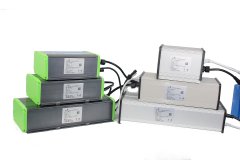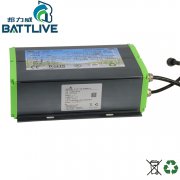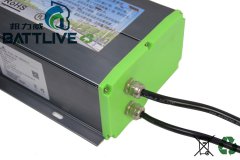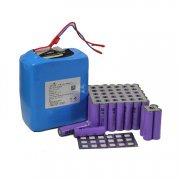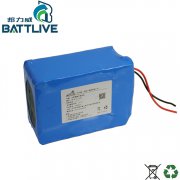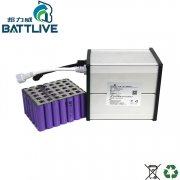
UPS Fault Analysis of Lithium Battery
After the preparation work is completed, the test work begins.
1. Firstly, the data of UPS body, power supply side and load side switch instruments are checked, and the next operation can be carried out after no abnormality.
2. Place the false load in the well ventilated and safe evacuation position of the corridor and connect the standby cable with the false load (one DC 4P400A circuit breaker is set in the middle of the wiring cable, and the switch is in the open position).
3. Connect the false load control power supply with the standby switch of the corresponding voltage level.
4. Disconnect the UPS battery switch and prepare the connection through the confirmation of the speaker and supervisor. According to the planned connection mode and voltage level, 192 batteries are divided into two groups, each group has a voltage of about 216V, which is basically in line with the single phase 220V of the false load voltage. Connectors wear insulating gloves and use insulating tools to remove the copper bar connecting 96 and 97 batteries in the battery pack. The cable (120mm) connected with the false load phase line is firmly connected with the positive terminal of the battery pack, and the temporary line connected with the false load zero line is well connected with the negative electrode of the battery pack.
5. Turn on the battery monitoring equipment and start monitoring the battery data to be tested.
6. Power the power supply of the false load control circuit to turn on the false load. Close the intermediate switch of the temporary line of the battery test and test whether the voltage at both ends of the switch is the same as that of the battery pack (-216V) with a multimeter.
7. Open false load test mode: Select load switch test of corresponding power level (smaller power should be selected at the beginning), and use clamp ammeter to real-time detect test current of cable load (no overload test).
8. Through the test, observe the voltage drop of each battery, whether there is a large voltage drop of individual batteries, and check the appearance of each battery. The test current should not exceed the discharge current of C10 battery pack. The test time should be combined with the voltage drop of field battery pack. The single battery voltage should be no less than 1.85V.
9. Restore battery connection and switch status after test.




